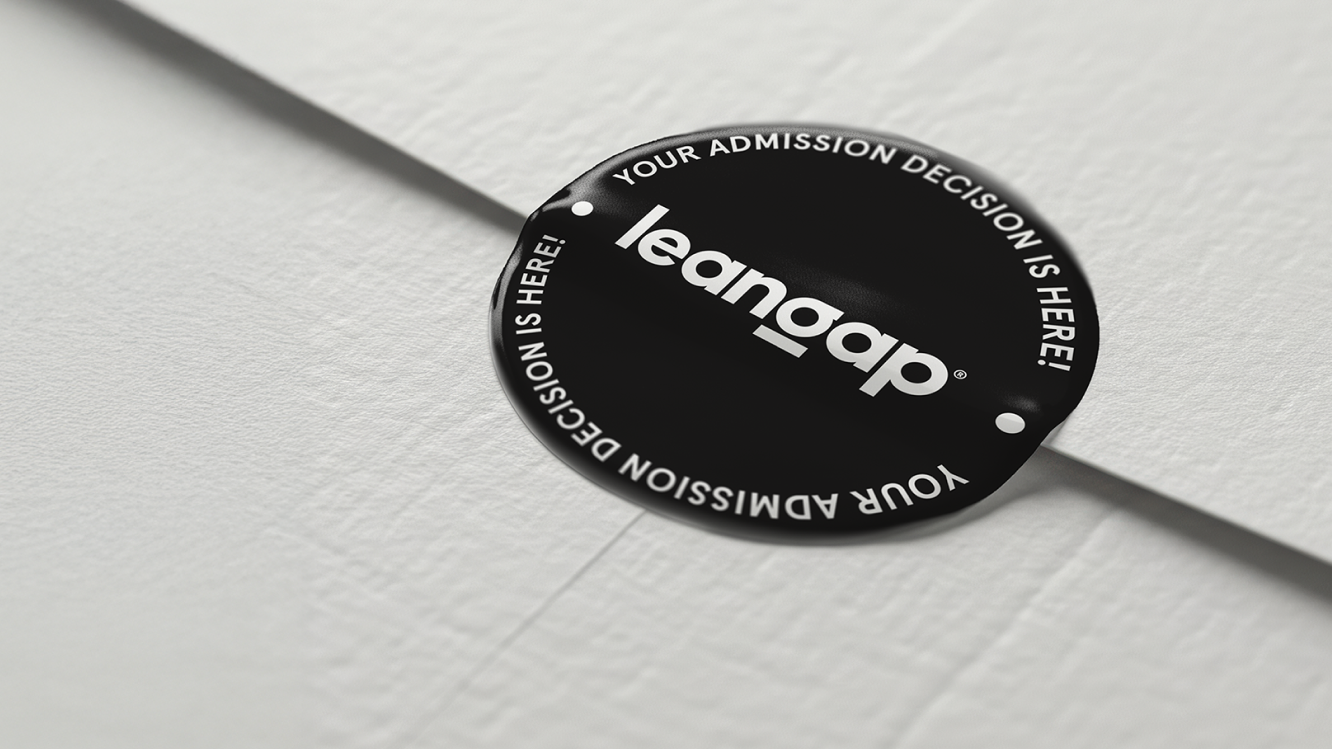Today’s teens have many opportunities to earn money, and one that’s increasingly become popular is starting their own business. Rather than pursuing a traditional job, a survey by Junior Achievement USA shows that 60% of teenagers are more interested in starting their own businesses.
This doesn’t come as a surprise, especially since the career path presents many advantages. As our post ‘4 Benefits of Starting a Business as a Teenager’ points out, launching your own business can teach money management skills, help build resilience, and encourage creativity. Of course, pursuing your own business venture requires the right resources and knowledge.
Fortunately, there are several podcasts that can help you learn valuable business insights and motivate you to reach your goals.Here are five that are worth looking into:
The Next Big Idea
It can take just one innovative idea to jumpstart your business. Take, for example, Zolli Candy’s CEO, Alina Morse, who thought of creating a tooth-friendly candy line at a young age. If you want more insights into the ideas that are transforming today’s culture and market, then The Next Big Idea is a great option for you!
It features industry experts like Adam Grant and Susan Cain, who sit down with other notable entrepreneurs to discuss the products that society needs today. For example, the episode ‘Let’s Build a MoreHuman World’ shares how despite new technological possibilities, many people still find value in analog goods like film cameras. If you’ve only begun brainstorming on a potential product you want to sell, then give TheNext Big Idea a listen.
Entrepreneurs on Fire
Setting up a business entails many tasks. Understandably, it can be overwhelming to figure out which ones you have to do next. Now, with episodes dedicated to accomplishing concrete steps in launching your business, the podcast Entrepreneurs on Fire is a helpful resource as you navigate life as a teen entrepreneur.
For one, the episode ‘6 Ways to Add MultipleRevenue Streams to Your Online Business’ teaches you how to build your audience through membership groups or social media channels. Apart from that, through 'How to Build Your Brand and Grow Your Business from the Inside Out', you’ll learn important marketing techniques to enhance your personal brand and ultimately get people interested in your business offerings.
RELATED ARTICLE: 4 BENEFITS OF STARTING A BUSINESS AS A TEENAGER.
Online Marketing Made Easy with Amy Porterfield
Jumping off of the last entry, online marketing is crucial in any teen entrepreneurial venture. This is because it allows you to reach a wider audience and increases your potential for sales. In OnlineMarketing Made Easy, host Amy Porterfield offers you actionable tips on creating an impactful online marketing campaign. In ‘How to Monetize Your Instagram’, for instance, Amy explains how Instagram stories are a good way to spark conversation with your customers. She also states how frequently you should be posting them to retain interest. All in all, Online Marketing Made Easy is a wonderful resource that can help you execute specific marketing strategies and elevate your business’s online presence.

Simple Pin Media Podcast with Kate Ahl
More often than not, according to a 2022 Forbes article on social media, teen entrepreneurs promote their products on sites like YouTube, Instagram, and Facebook. But interestingly, one untapped platform that can improve your starting business is Pinterest. This is what you’ll learn through the Simple Pin Media Podcast with Kate Ahl. Here, Kate gives you tangible ways to utilize Pinterest to market your business successfully. Specifically, the episode ‘Getting Started With Your Pinterest Marketing’ covers all the basics, including how to add blog posts or short-form videos about your products to Pinterest. As an aspiring teen entrepreneur, learning about where you market your products is definitely important.
RELATED ARTICLE: HOW TO COME UP WITH BRILLIANT STARTUP IDEAS.
Community Voices
Being a teen entrepreneur takes a lot of courage, but thankfully, there are many stories you can take inspiration from. The podcast series Community Voices, for example, is a treasure trove of personal anecdotes from young entrepreneurs. The episode on Callie Estes, owner of Jo Jo Jewelry, has numerous teachable moments. Estes created her small business after losing her previous job, but her jewelry is being sold in multiple shops across Central Illinois. If you’re interested in hearing more stories from like-minded peers, then CommunityVoices is a great place to do just that and find the motivation to persevere!









